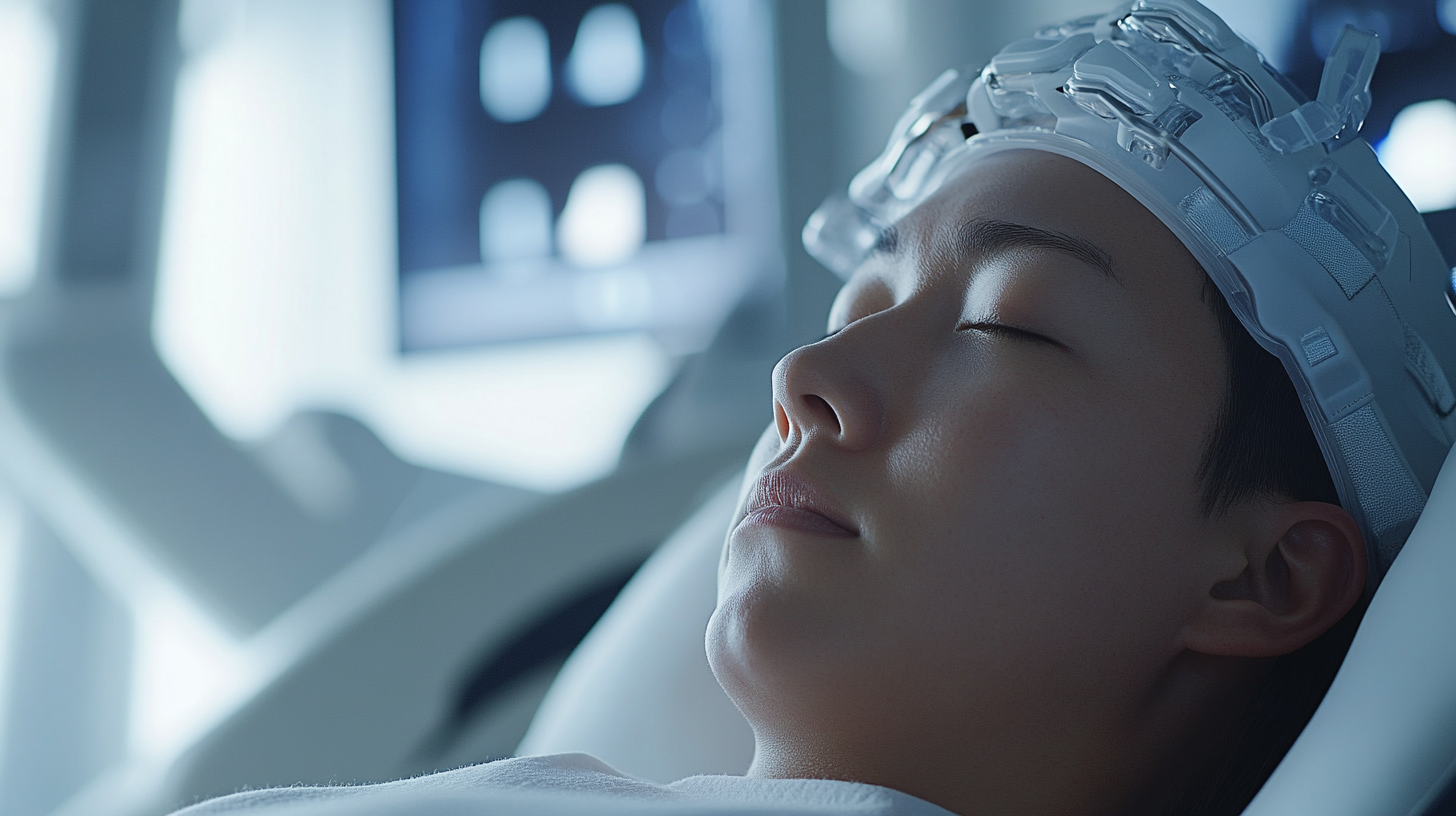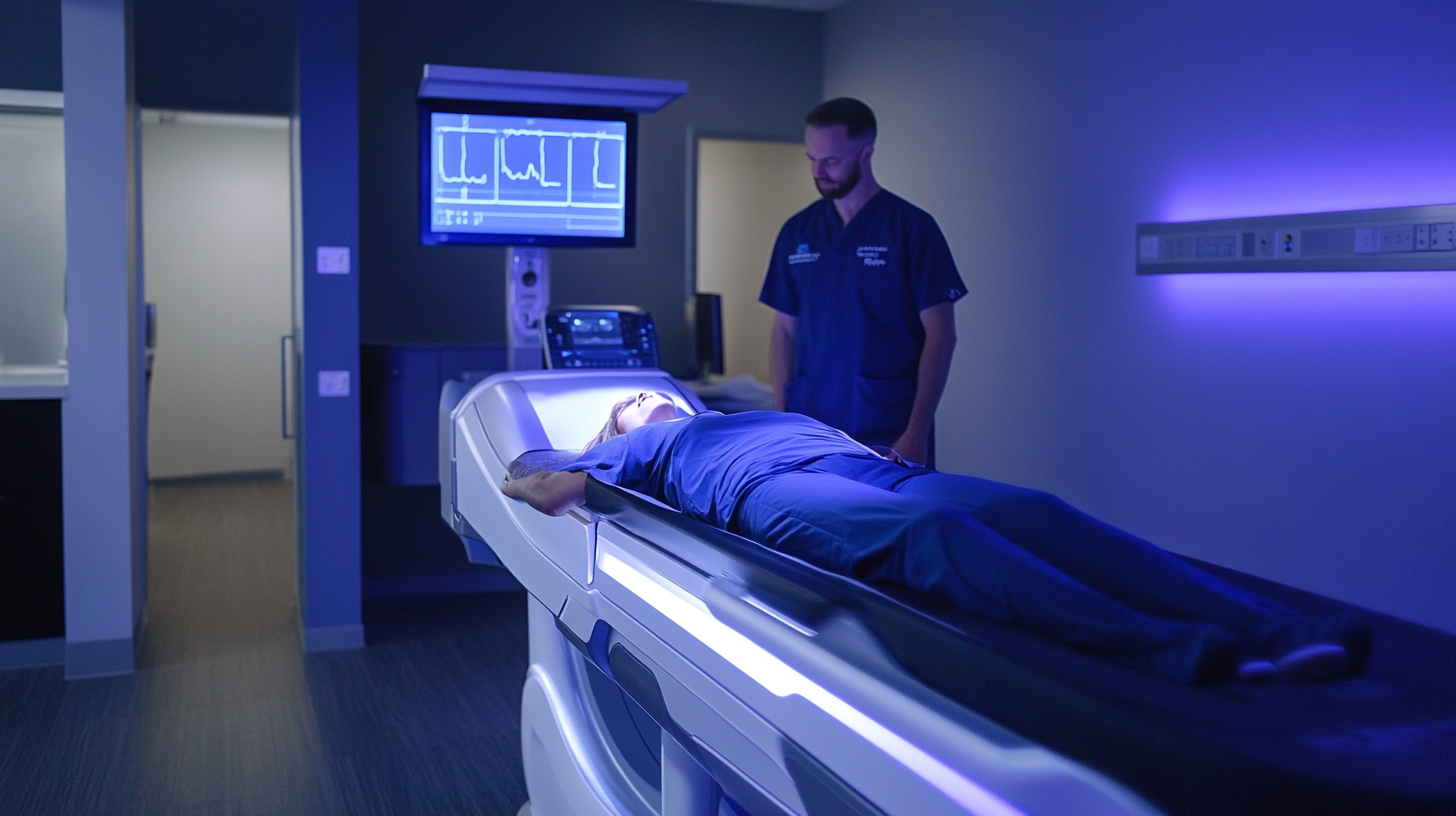Revolutionizing Pain Management with Cutting Edge Tms Device Technology
In recent years, the field of pain management has witnessed remarkable advancements, particularly with the introduction of innovative technologies designed to improve patient outcomes. Among these, the TMS device emerges as a groundbreaking solution, revolutionizing how we approach chronic pain relief. Transcranial Magnetic Stimulation (TMS) uses targeted magnetic pulses to stimulate specific areas of the brain, offering a non-invasive alternative to traditional pain management methods. Unlike pharmaceuticals that often come with a host of side effects, the TMS device provides a safe and effective means to alleviate pain, enhancing the quality of life for countless individuals. As researchers continue to explore its potential, the TMS device stands at the forefront of a new era in pain management, promising not only to reduce discomfort but also to address the underlying causes of pain. This blog will delve into the mechanics of TMS technology, its advantages over conventional treatments, and its implications for the future of pain management.

The Evolution of Pain Management: From Traditional Methods to TMS Technology
The field of pain management has undergone a remarkable transformation over the years, transitioning from traditional methods to innovative technologies like Transcranial Magnetic Stimulation (TMS). Traditional approaches, such as medication and physical therapy, often come with limitations, including side effects and dependency risks. According to a report by the American Chronic Pain Association, an estimated 50 million adults in the U.S. suffer from chronic pain, highlighting the urgent need for more effective solutions. TMS technology, which uses magnetic fields to stimulate nerve cells in the brain, offers a non-invasive alternative that has shown promise in managing various types of pain, including neuropathic and migraine-related pain.
When considering TMS as a pain management option, it is essential to stay informed about its benefits and limitations. One tip for patients is to consult with a qualified healthcare professional who specializes in TMS therapy to discuss individual needs and expectations. Additionally, keep track of your symptoms and responses to treatment; many patients report a gradual improvement over a series of sessions. With an increasing number of studies indicating a positive impact of TMS on chronic pain, this technology is set to revolutionize the way we approach pain management.
Understanding Transcranial Magnetic Stimulation: Mechanisms and Benefits
Transcranial Magnetic Stimulation (TMS) technology is carving a new path in the realm of pain management, offering innovative mechanisms that enhance patient outcomes. This non-invasive technique employs magnetic fields to stimulate nerve cells in the brain, effectively modifying the way pain signals are processed. By targeting specific areas associated with pain regulation, TMS can not only alleviate chronic pain but also promote neuroplasticity, enabling the brain to adapt and rewire itself over time.
The benefits of TMS extend beyond mere pain relief. Research indicates that this therapy can help reduce medication dependence, minimizing side effects associated with traditional pain management approaches. Additionally, TMS has been linked to improvements in mood and cognitive function, providing a dual advantage for patients struggling with both pain and mental health issues. As TMS technology continues to evolve, its applications in the treatment of various pain syndromes signal a promising future for holistic approaches in pain management, paving the way for patients to reclaim their quality of life.
Revolutionizing Pain Management with Cutting Edge TMS Device Technology
This chart illustrates the effectiveness of Transcranial Magnetic Stimulation (TMS) in treating various types of pain and mental health conditions. As shown, TMS has demonstrated significant benefits, with effectiveness percentages ranging from 60% to 75% across different conditions.
Real-World Applications: TMS in Treating Chronic Pain Conditions
Transcranial Magnetic Stimulation (TMS) has emerged as a groundbreaking approach in the management of chronic pain conditions, offering new hope to patients who have struggled with ineffective treatments. By utilizing magnetic fields to stimulate nerve cells, TMS targets specific areas of the brain linked to pain perception and regulation. This non-invasive procedure is increasingly recognized for its ability to alleviate pain without the side effects commonly associated with medications, making it a valuable option for individuals with conditions such as fibromyalgia, neuropathic pain, and migraines.
Real-world applications of TMS in pain management are already revealing promising results. Patients often report significant reductions in pain intensity and improved quality of life after a series of sessions. Clinics across the globe have integrated TMS into their treatment programs, enabling healthcare providers to tailor therapies based on individual patient needs. As research continues to support the efficacy of TMS, it is clear that this cutting-edge technology is not just a temporary fix but a transformative solution in the realm of chronic pain management.

Patient Experiences: Success Stories with Cutting-Edge TMS Devices
Transcranial Magnetic Stimulation (TMS) technology is reshaping the landscape of pain management, presenting a novel approach that many patients have embraced. A recent study published in the Journal of Pain Research highlights that nearly 60% of patients using TMS reported a significant reduction in chronic pain levels after just a few treatment sessions. For patients suffering from conditions such as fibromyalgia, migraines, and neuropathic pain, TMS offers a non-invasive alternative that minimizes the reliance on pharmaceuticals, which often come with unwanted side effects.
Success stories continue to emerge as patients share their transformative experiences. One patient, Sarah, a fibromyalgia sufferer for over a decade, experienced relief after a two-week series of TMS treatments, with her pain dropping from a near-constant 8 out of 10 to a manageable 2. Additionally, research from the American Academy of Pain Medicine indicates that TMS has the potential to provide lasting relief, with some patients maintaining improved pain levels for several months post-treatment. As more individuals turn to TMS for pain management, these positive outcomes underscore the device's role in enhancing quality of life and optimizing therapeutic strategies in pain treatment.
Revolutionizing Pain Management: Patient Experiences with TMS Devices
This pie chart illustrates the outcomes of patients using cutting-edge TMS devices for pain management. It highlights that 45% of patients experienced significant improvement in their condition, while 30% noted moderate improvement. Only 15% reported no change, and 10% experienced deterioration. These results underscore the effectiveness of TMS technology in revolutionizing pain management.
Future Innovations: What’s Next for TMS in Pain Management and Beyond
The field of pain management is on the brink of transformation, with Transcranial Magnetic Stimulation (TMS) leading the charge toward innovative solutions. As clinicians and researchers alike explore the potential of TMS devices, the future holds promise not only for chronic pain relief but for a comprehensive approach to mental health and neurological disorders. The technology’s ability to modulate brain activity offers a non-invasive alternative to traditional pain management methods, paving the way for personalized treatments that cater to individual patient needs.
Looking forward, advancements in TMS technology could significantly expand its applications beyond pain management. Researchers are investigating how TMS can be utilized to treat conditions like depression, anxiety, and even post-traumatic stress disorder (PTSD). The integration of artificial intelligence and machine learning could enhance the precision of TMS, allowing for tailored therapies based on real-time data and cognitive responses. As we continue to innovate and refine TMS techniques, the horizon for pain relief and mental health care becomes increasingly optimistic, promising a future where patients are empowered by proactive and effective management strategies.

